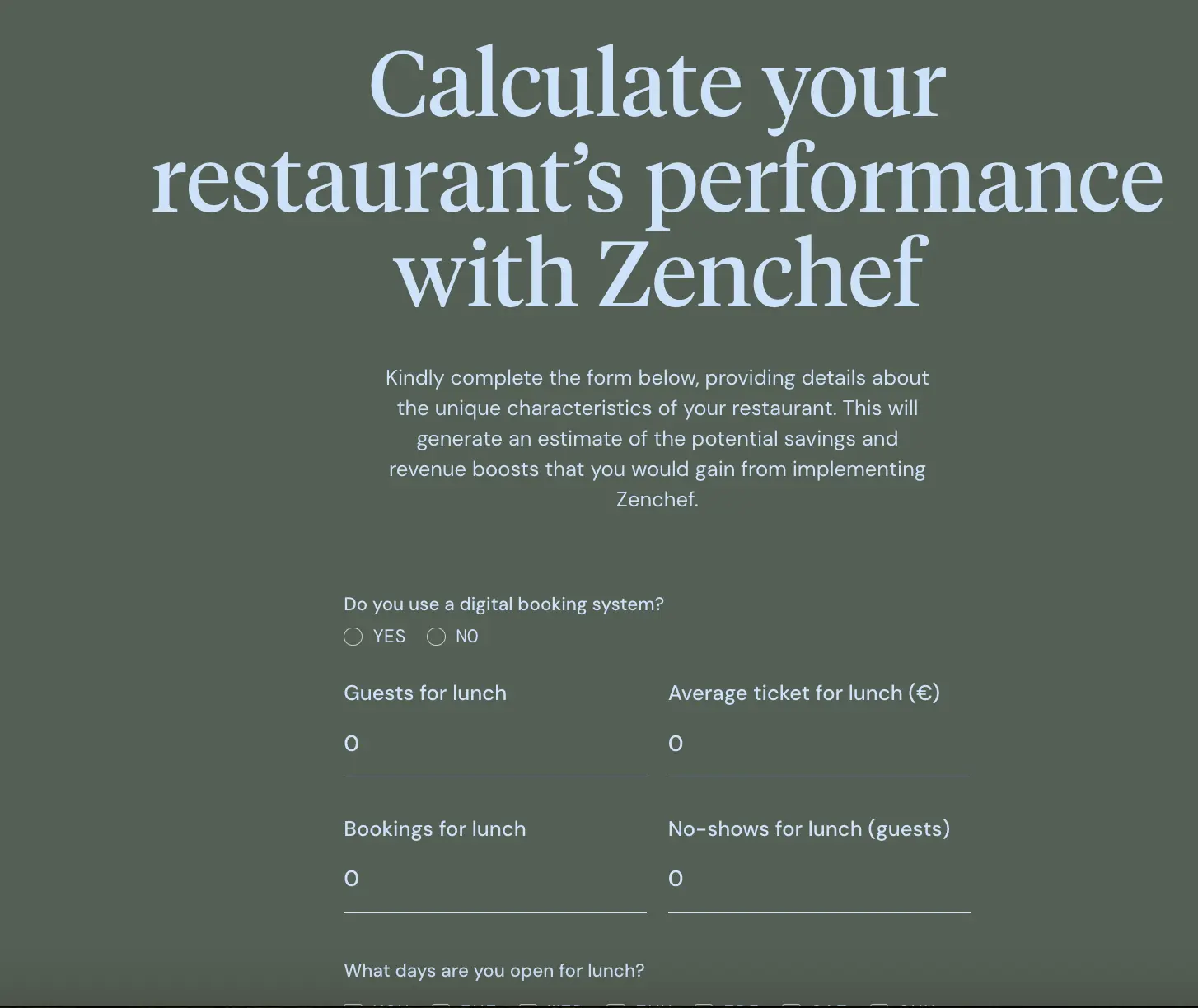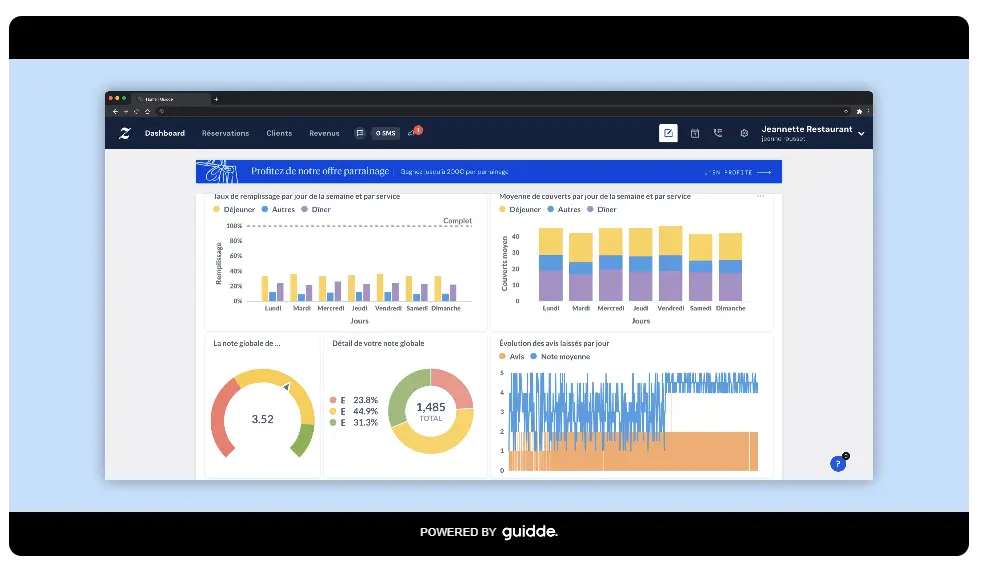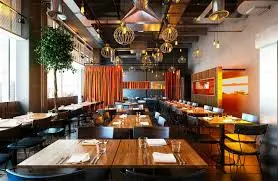
1. Definition of gross margin in the restaurant industry
The gross margin is a key indicator of a restaurant's financial health. It represents the difference between revenue (sales) and the cost of goods sold (COGS). In other words, it is the actual income that your establishment keeps after covering the direct costs associated with the production of meals and drinks.
Why is this indicator crucial?
- Financial Planning: It gives a clear picture of your profitability
- Cost Management: Allows you to identify excessive expenses
- Comparison: You can compare your performance with that of other periods or establishments.
Example: A restaurant that manages its margins well can reduce its losses and reinvest in growth strategies such as marketing or service improvement (source: Zenchef).
Calculate your performance with our free tool

2. How to calculate gross margin
Gross margin formula:
Elements to Consider:
- Revenue:
Revenue represents the total income generated from food sales, beverages, and other services. It is essential to include all revenue sources to have a comprehensive overview, such as takeaway sales or private event dining.
Best Practices:
- Track revenue by category (meals, drinks, desserts, etc.) for accurate analysis.
- Use management software to centralize and automate tracking.
- Cost of Goods Sold (COGS):
COGS includes the cost of ingredients, beverages, and other direct elements used to prepare meals. This includes:
- Purchases of food products (meat, vegetables, spices).
- Alcoholic and non-alcoholic beverages.
- Specific supplies like takeaway packaging.
Practical Tip:
- Compare supplier costs to identify potential savings
- Reduce food waste by monitoring stock levels and managing expiration dates (Source).
Concrete Example:
- Revenue: €50,000
- COGS: €20,000
- Gross Margin: This means that for every euro earned, €0.60 remains available to cover other costs and generate profit.
Common Mistakes to Avoid:
- Overlooking certain indirect costs: Food waste, spoilage, or order errors can significantly impact COGS. Implement regular audits to minimize these losses.
- Including fixed expenses in COGS: It may be tempting to include costs like rent or salaries in gross margin calculations, but these are fixed expenses, not direct costs.
- Failing to differentiate between profitable and unprofitable products: Some dishes may have a high production cost and low profitability. Identify these items and consider price adjustments or highlighting high-margin products.
Discover the performance tracking dashboard accessible through Zenchef software.

3. Importance of Margin Rate in the Restaurant Industry
The margin rate expresses the profitability of a restaurant as a percentage, thus facilitating comparison.
Formula:
Difference between gross margin and margin rate
The gross margin is expressed in absolute value (€), while the margin rate is a percentage. The margin rate is ideal for:
- Comparing performance between different periods.
- Evaluating the impact of changes, such as a new supplier.
Example: If your gross margin is €20,000 and your turnover is €50,000, your margin rate is 40%.
If you wish, you can also consult our tips for managing the finances and margins of your restaurant here.

4. Strategies to optimize your margins
For a restaurant business to be profitable, the gross profit margin on solid foods should be between 70% and 75%, while for beverages, it should average 85%.
1. Reduction of Production Costs
- Supplier Analysis: Negotiate preferential rates or switch suppliers (Source: Zenchef Guide).
- Stock Management: Avoid losses by controlling inventory (For more information on restaurant stock management, check out our article on the topic).
- Optimal Portions: Reduce waste by standardizing portion sizes.
- Identify the most profitable dishes and highlight them.
- Use tools like popularity matrices to guide decisions.
3. Improving Staff Efficiency
- Train employees to improve order accuracy.
- Introduce digital tools like tablets for order taking.
4. Pricing Optimization
- Adjust prices based on demand and costs.
- Test set menus or bundled offers.
5. Use of Technology
- Adopt management tools like Zenchef to analyze your ratios in real time.
- Automate processes to reduce errors and save time.
5. Use Zenchef to calculate and track your margins
Zenchef offers advanced tools to help restaurateurs maximize their restaurant profit margins.
Why choose Zenchef?
- 20,000 restaurants already use this solution.
- Improve your online visibility and attract more customers with integrated tools like the reservation system.
Summary table of key indicators by restaurant type:
The average spend per guest represents the total amount spent by a customer, including food, beverages, and possible extras. These figures are approximate and can vary based on location, clientele, and restaurant menu.
By effectively managing your gross and net profit margins, you will increase your restaurant's profitability while enhancing the customer experience.
With Zenchef, you gain powerful tools to manage your business efficiently. Learn how to optimize your margins and drive your restaurant to success.












.webp)

.webp)



















.webp)













